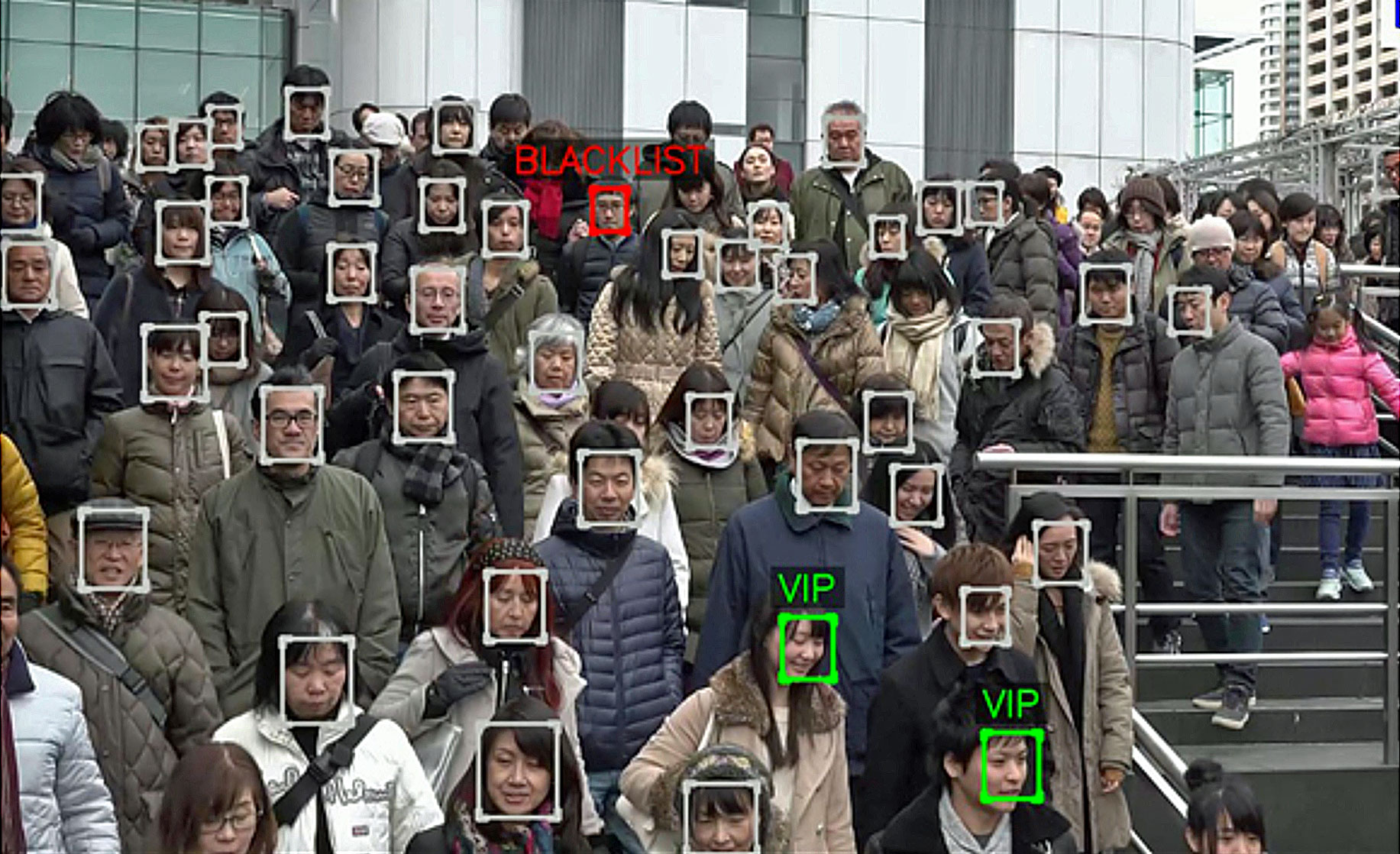Public safety is a growing problem all over the world – and requires key enabling technologies that promote information sharing and open communication among public safety agencies.
Biometric identification – through fingerprint, vein or facial recognition – is the fastest and most accurate way to promote public safety (and prevent crime) without sacrificing service levels for citizens.
NEC Corporation’s face recognition technology has achieved the highest performance evaluation in the recent Face in Video Evaluation (FIVE) performed by the U.S. National Institute of Standards and Technology (NIST).
Results were released in NIST’s Interagency Report 8173: Face In Video Evaluation (FIVE) Face Recognition of Non-Cooperative Subjects.
NEC’s technology took first place for the fourth consecutive time following the 2009 Multiple Biometric Grand Challenge (MBGC 2009), 2010-2011 Multiple Biometrics Evaluation (MBE 2010-2011), and 2013 Face Recognition Vendor Test (FRVT 2013).
(Demand for fast, personalized and safe experiences is rapidly changing the face of customer engagement across many industries. From the need to provide safe experiences during travel or large scale public events to the need for secure access into corporations and government facilities, our world is changing at a rapid pace. NEC’s NeoFace® Express is a cutting-edge, integrated solution that uses facial recognition to transform the travel experience, elevates VIP access, secure national borders, increase pedestrian flow, and keep citizens safe. Courtesy of NEC Corporation of America and YouTube. Posted on Mar 26, 2018.)
Video face recognition technology identifies the faces of moving subjects in real-time as they walk naturally without stopping in front of a camera.
The benefits of high-speed video analysis enabled by this technology include the prevention of potential incidents through detection of suspicious individuals and recognition of individuals at the gateways of critical facilities.
Using video images from standard cameras for face recognition requires highly-advanced techniques when compared to still images.
This is because images are greatly influenced by environmental conditions, such as camera location, image quality, lighting and subject size, in addition to the behavior of a subject, including walking speed, face direction and sight line.

To achieve reliable face recognition of a video image, NEC developed feature point extraction technology that enables enhanced face recognition to a level where an individual can be identified with high precision from within a group, even if their face is partially hidden, or the image is taken from different angles.

NEC’s face recognition technology also uses deep learning technologies for face matching to increase accuracy to a level where an individual can be identified by a low resolution face image captured by a distant camera.
“It is a great honor that our face recognition technology received a first place evaluation for the fourth consecutive time from the NIST,” said Masakazu Yamashina, Senior Vice President, NEC Corporation.
“We will further expand global business by offering innovative biometric solutions, such as the video face recognition system, throughout a wide range of fields, including security, transportation, finance and retail.”

Evaluation examples from the NIST FIVE testing
Entry-exit management at an airport passenger gate
-
Tests were conducted to recognize one individual at a time as they walk through an area without stopping or acknowledging the camera.
-
NEC’s face recognition technology won first place with a matching accuracy of 99.2%.
-
The error rate of 0.8% is less than one-fourth of the second place error rate.
Detection of suspicious individuals at an indoor stadium
-
Tests were conducted with an individual situated far from the camera with their face direction changing frequently.
-
NEC’s face recognition technology won first place with an error rate half that of the second place error rate.
(NeoFace for access control, is the world fastest and most accurate face recognition technology. Courtesy of NEC Corporation and YouTube)

















